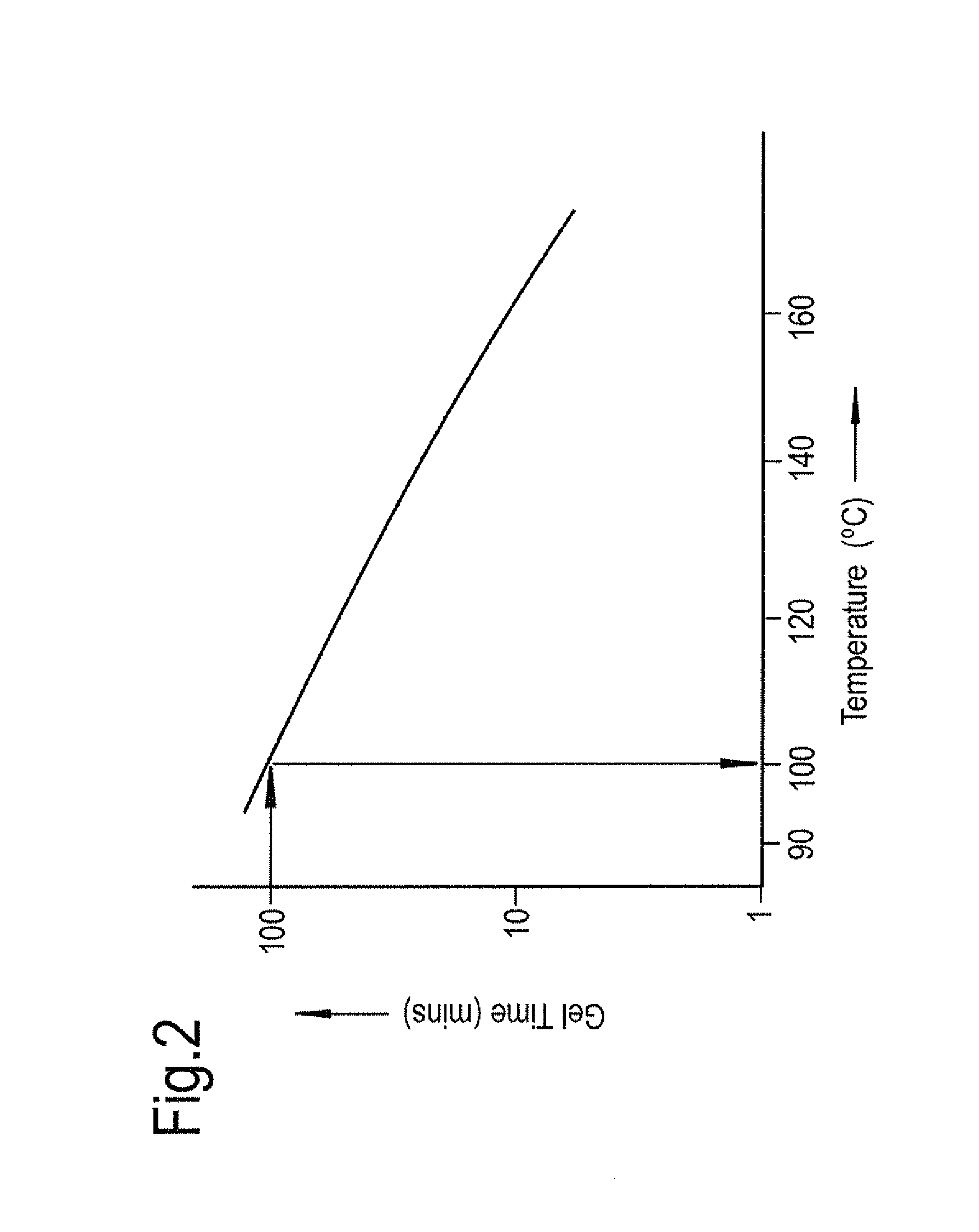Method of providing through-thickness reinforcement of a laminated material
a laminated composite material and through-thickness technology, applied in the direction of thin material processing, lamination ancillary operations, chemistry apparatus and processes, etc., can solve the problems of poor inter-laminar or through-thickness, mechanical properties in comparison to the corresponding in-plane properties, and limit the use of such materials for certain applications, so as to reduce the tendency of fibres
- Summary
- Abstract
- Description
- Claims
- Application Information
AI Technical Summary
Benefits of technology
Problems solved by technology
Method used
Image
Examples
Embodiment Construction
[0061]FIG. 1 shows an example of a laminated composite material 100 comprising a plurality of fibre layers 110. In the embodiment of FIG. 1, each of the fibre layers 110 comprises a plurality of uni-directionally aligned fibres 120 held within a matrix material 130. In alternative arrangements, the fibre layers may comprise fibres having other orientations.
[0062]The relative fibre orientation of each of the layers 110 together with the quantity of fibre layers 110 is determined by the design loads to which the finished component is to be subjected.
[0063]The method of the present invention involves heating the uncured composite laminate material 100 to a first pre-determined temperature.
[0064]The first pre-determined temperature will be unique to each matrix material 130 and is determined on the basis of the matrix material's curing parameters, rheology and gelation time, and the first pre-determined time interval.
[0065]The first pre-determined time interval is the time available to ...
PUM
| Property | Measurement | Unit |
|---|---|---|
| diameter | aaaaa | aaaaa |
| diameter | aaaaa | aaaaa |
| diameter | aaaaa | aaaaa |
Abstract
Description
Claims
Application Information
 Login to View More
Login to View More - R&D
- Intellectual Property
- Life Sciences
- Materials
- Tech Scout
- Unparalleled Data Quality
- Higher Quality Content
- 60% Fewer Hallucinations
Browse by: Latest US Patents, China's latest patents, Technical Efficacy Thesaurus, Application Domain, Technology Topic, Popular Technical Reports.
© 2025 PatSnap. All rights reserved.Legal|Privacy policy|Modern Slavery Act Transparency Statement|Sitemap|About US| Contact US: help@patsnap.com



